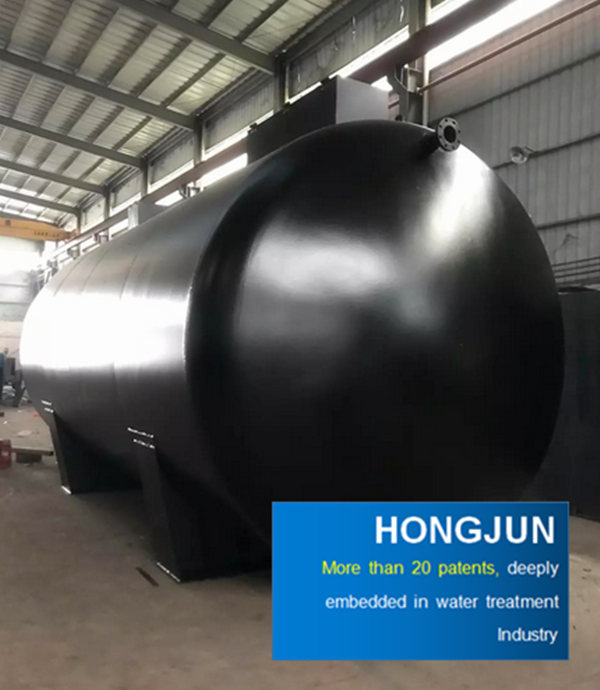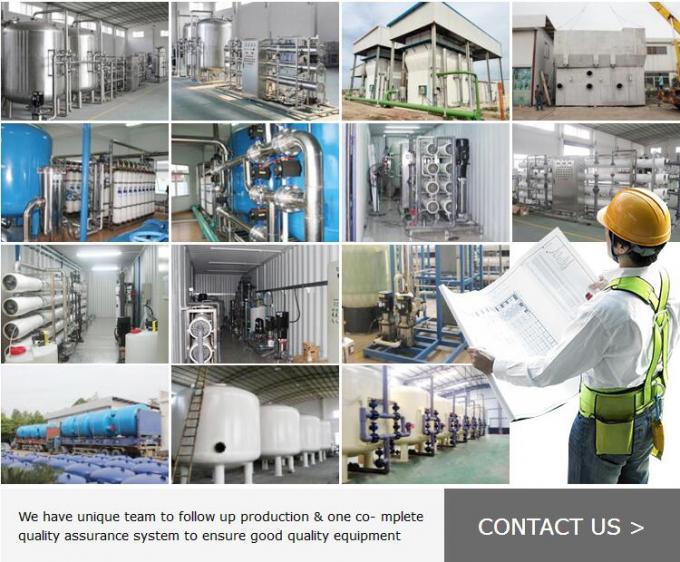Food Industry Wastewater Treatment
$20000≥1Set/Sets
| Payment Type: | T/T,D/A |
| Incoterm: | EXW,FOB |
| Min. Order: | 1 Set/Sets |
| Transportation: | Ocean |
| Port: | shenzhen,guangzhou |
$20000≥1Set/Sets
| Payment Type: | T/T,D/A |
| Incoterm: | EXW,FOB |
| Min. Order: | 1 Set/Sets |
| Transportation: | Ocean |
| Port: | shenzhen,guangzhou |
Brand: HongJun
Applicable Industry: Hotels, Energy &Amp; Mining, Food &Amp; Beverage Factory, Manufacturing Plant, Farms, Construction Works, Food &Amp; Beverage Shops, Other
Out-of-warranty Service: Video Technical Support, Field Maintenance And Repair Service, Online Support, Spare Parts
Video Factory Inspection: Provided
Mechanical Test Report: Provided
Marketing Type: Ordinary Product
Core Component Warranty Period: 1 Year
Core Components: Plc
Place Of Origin: China
Warranty Period: 1 Year
Productivity: 1000l/Hour, 50000l/Hour, 20000l/Hour, 5000l/Hour, 2500l/Hour, 10000l/Hour, 2000l/Hour, 4000l/Hour, 3000l/Hour, 7500l/Hour
Food Industry Wastewater Treatment
Industry Wastewater Treatment Device
Buried Sewage Treatment Equipment
Features:
1, Compact design, which is easy to transport.
2, Integrated device, no need construction, which is easy to be installed.
3, Full Automatic machine, which is easy to operate and maintain.
4, Can be fixed on underground, which can save room and earth.
5, Don't need additional construction, the total cost is small.
Working Principle:
The sewage enters the grid well first, and after removing the particulate matter from the grille, it enters the regulating tank, adjusts the water quality and quantity, and then is pumped to the primary sedimentation tank by the lift pump. The wastewater flows to the Class A biological contact oxidation tank for acidification hydrolysis and nitrification. Denitrification, reduce the concentration of organic matter, remove part of ammonia nitrogen, and then enter the O-level biological contact oxidation tank for aerobic biochemical reaction. Most of the organic pollutants are degraded by biooxidation, and the effluent flows to the secondary sedimentation tank for solid-liquid treatment. After separation, the supernatant of the sedimentation tank flows into the clear water tank, and the disinfection equipment is used to kill the harmful bacteria in the water and reach the standard discharge. The debris left by the grille is periodically loaded into the trolley and dumped to the garbage dump. The sludge in the secondary sedimentation tank is partially returned to the A-stage biological treatment tank, and the other sludge is discharged to the sludge tank for sludge dewatering and periodically sucked. The supernatant of the sludge tank is returned to the conditioning tank for further treatment.



About Us
Related Products List
Contact Us








Privacy statement: Your privacy is very important to Us. Our company promises not to disclose your personal information to any external company with out your explicit permission.

Fill in more information so that we can get in touch with you faster
Privacy statement: Your privacy is very important to Us. Our company promises not to disclose your personal information to any external company with out your explicit permission.